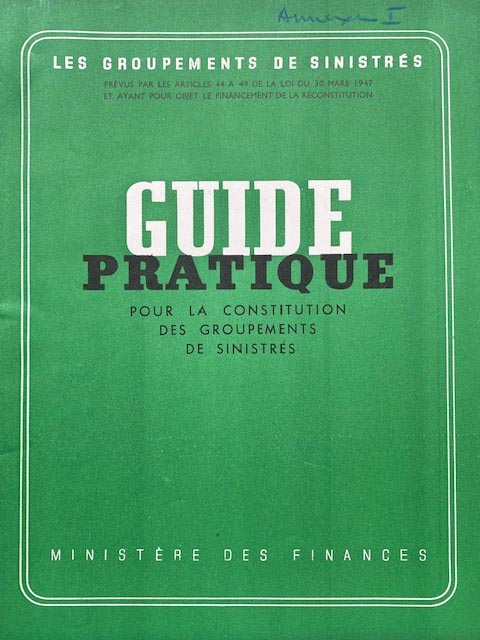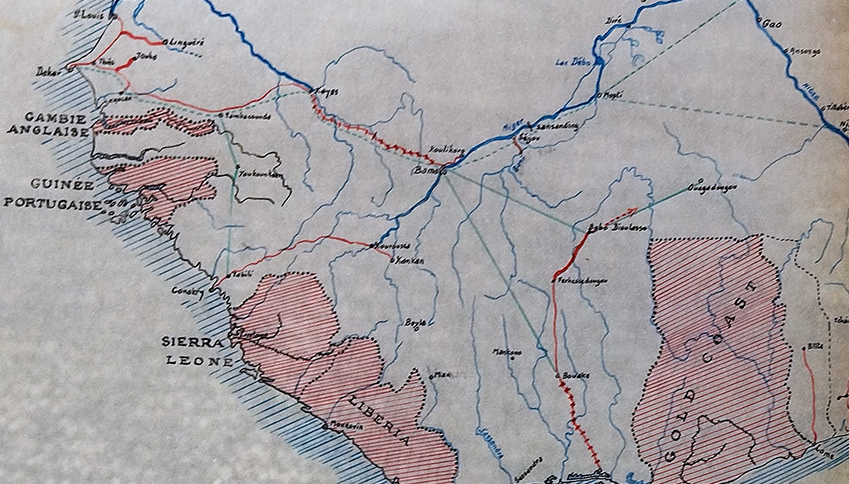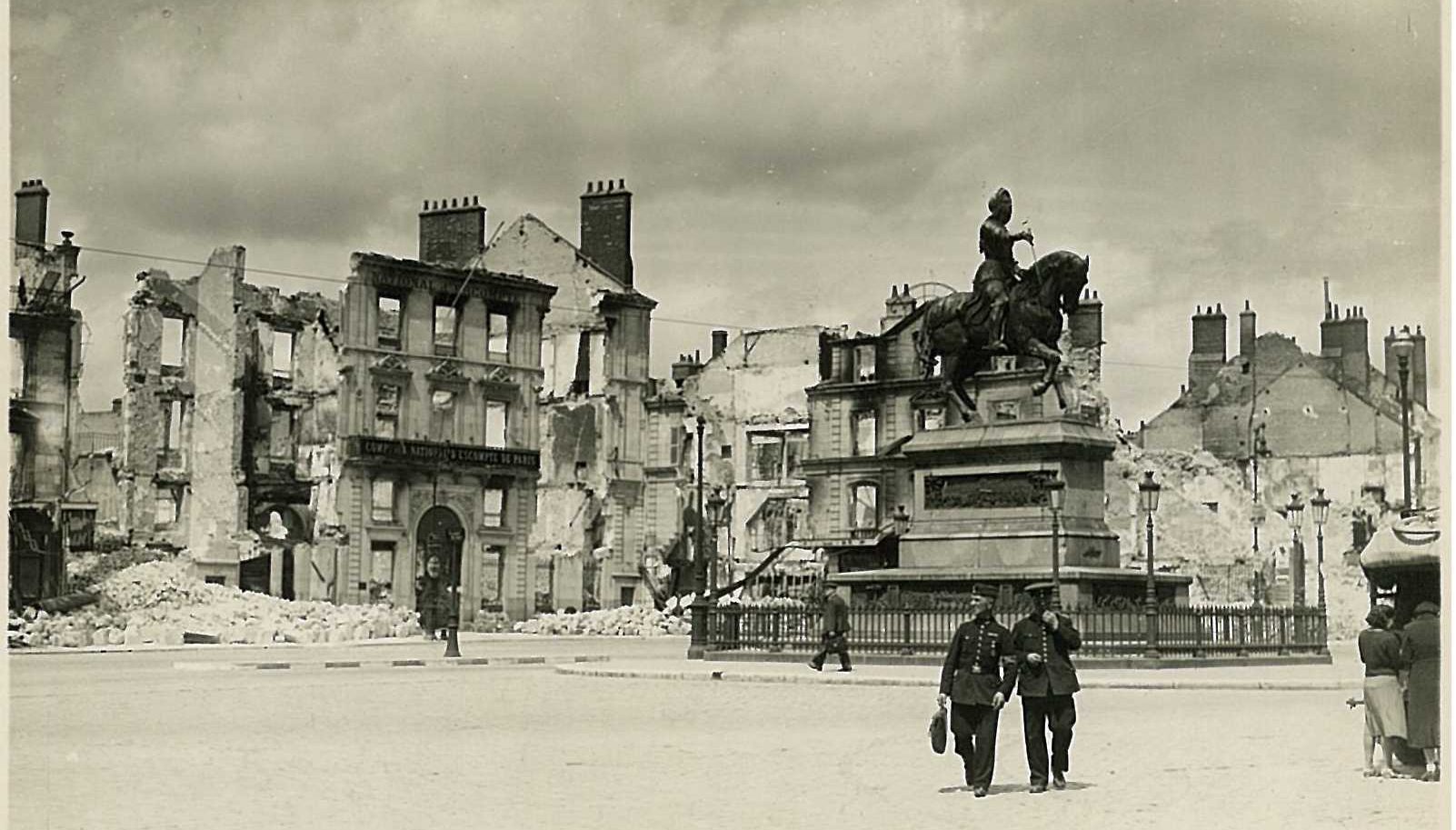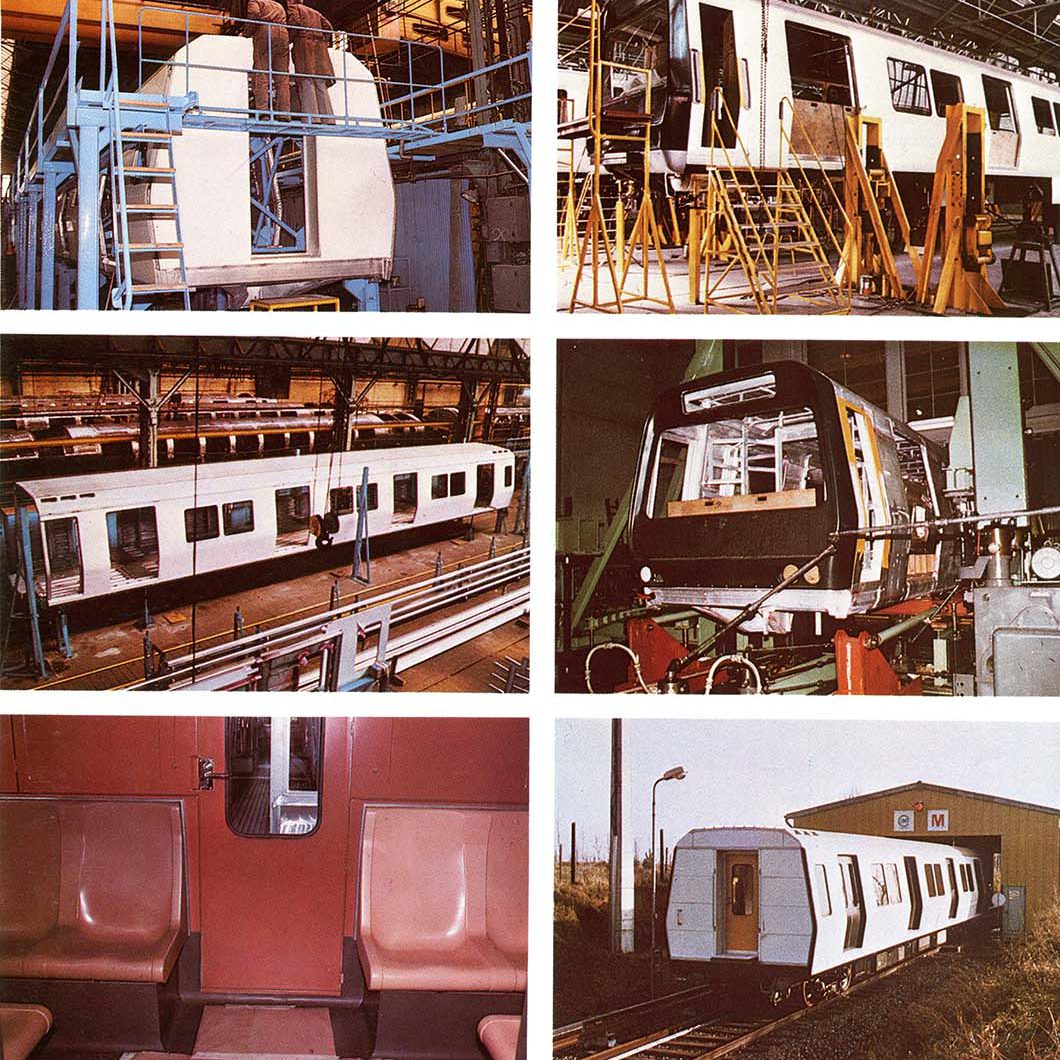RECONSTRUCTION: THE ROLE OF PARIBAS IN POST-WAR IMPLEMENTATION 1/4

If 1945 was “Year Zero” for Germany, it was also a difficult year for France, whose situation was hardly enviable: 400,000 buildings destroyed and industrial production down by 53% compared to 1939. The French Ministry of Industrial Production estimated the cost of rebuilding destroyed national heritage at 373 billion francs (at 1939 value). Financial institutions were therefore asked to support and participate in the reconstruction.
THE POST-WAR DAMAGE ASSESSMENT
All industrial sectors, including the electricity sector, merchant navy, steel industry and ports had been devastated by the end of the Second World War. The same was true for many local authorities, both for cities and departments, who had urgent infrastructure needs.
The figures and amounts put forward were impressive. However, in view of the situation, the Government – via the Interministerial Committee for the Reconstruction Plan (Comité interministériel du plan de reconstruction), decided on the way forward and, therefore, the priority sectors. These priority sectors were considered as either those ensuring essential services for the population, such as electricity, mining and coalfields, or those for relaunching the economy, such as the oil and mechanical sectors or the ports, which ensured external supply and relaunched trade. The valuation highlighted considerable need, estimated at 40 billion francs for textiles, 55 to 60 billion for road and river transportation as well as the ports, 32 billion for the petroleum sector, 16 billion for the automobile sector, 12 billion for food production, 5 billion for public works and 7 billion for carpentry.

These large allocations were commensurate with the needs. In 1946, the Interministerial Committee for the Reconstruction Plan aimed to allocate 2.4 and 6 billion to the electricity sector, 1.9 and 2.1 billion to the mining and coal sector, 3.4 and 8.8 billion to the fuel sector, and 1 and 3.8 billion to the food sector in 1947 and 1948 respectively. The sums spent naturally took into account inflation, which was high at the end of the war.
CONSORTIUMS FOR RECONSTRUCTION
Electricity, mining and coal, steel industry chemical industry, ports shipbuilding, hotels…In 1945/1946, the list of sectors of activity impacted and in need of assistance was long. This is why the law of 28 October 1946 on war damage was supplemented by the law of 30 March 1947, in which articles 44 to 49 allowed those impacted to group together and form a public limited company called a “Groupement” (consortium). The sole purpose of a consortium was to facilitate financing for reconstruction within the framework of national priorities through the issue of a Government-backed bond – with the latter bearing all costs, interest and amortisation. This facilitation allowed for a variety of public offerings and the immediate implementation of the capital raised to enable reconstruction to go ahead according to the urgency.
In order to set up a financing consortium, the sector concerned had to be considered as priority under the national industrial recovery plan and therefore had to receive the agreement of the Ministry of Finance, on the basis of a request grouping together those companies affected with figures for the damage and the planned or already-completed reconstruction work.

The role of the lead arranger was to agree with the consortium the terms and conditions of the loan to be proposed to the Minister of Finance, the list of institutions in charge of the investment and its domiciliation. The consortium issued – through the lead arranger and sometimes through associated banks – successive bond issues, with the proceeds used to finance the cost of rebuilding damaged property designated as a priority or to reimburse any reconstruction work that had already been carried out and financed from a company’s own funds. Unlike after the First World War, this avoided delays to payments. The government had learnt from its mistakes. The 1920 law allowed those affected to request payment of their war damages in annual instalments and to mobilise immediately, without operating costs, but at a higher rate than the one used to determine the annual instalments and without being exempted from a rise in prices between the time of fixing the compensation and the time of actual reconstruction. The 1947 law corrected this error by financing the total cost of reconstruction without any operating costs, without any loss whatever the issue rate. The final compensation was only established upon completion of the reconstruction, thus protecting against price increases.

The financial service of the loan was provided by the Union industrielle de crédit pour la reconstruction [UIC], in accordance with the provisions of the Decree of 19 July 1947. In order to promote the rapid reconstruction of damaged structures, the conditions of the Government-backed loan, in terms of issue rate, interest and fees, were much more favourable than those of a traditional personal loan. As payments were made within the limits of budgetary appropriations, the initial assessment of needs was significant.
Government-backed reconstruction expenditure enabled industries with damage exceeding 2 million francs (at 1939 value) to avoid putting strain on their cash flow and, above all, to get their production tools back into operation. The loans did not cover ordinary or family property. These companies therefore participated in the share capital of the consortiums, which were set up as public limited companies, and contributed proportionally to the damage they suffered. The capital of these consortiums was in the order of 400,000 to 500,000 francs, divided into shares of 1,000 francs, and reimbursed when the consortium was wound up.
Those who lost property, mostly shopkeepers and craftsmen, and for which the damage was under 2 million francs, were covered at the departmental level and invited to form a regional consortium. The same applied to agricultural reconstruction, for which the consortiums could only be at the departmental level but required validation from the finance, reconstruction and town planning ministries.








